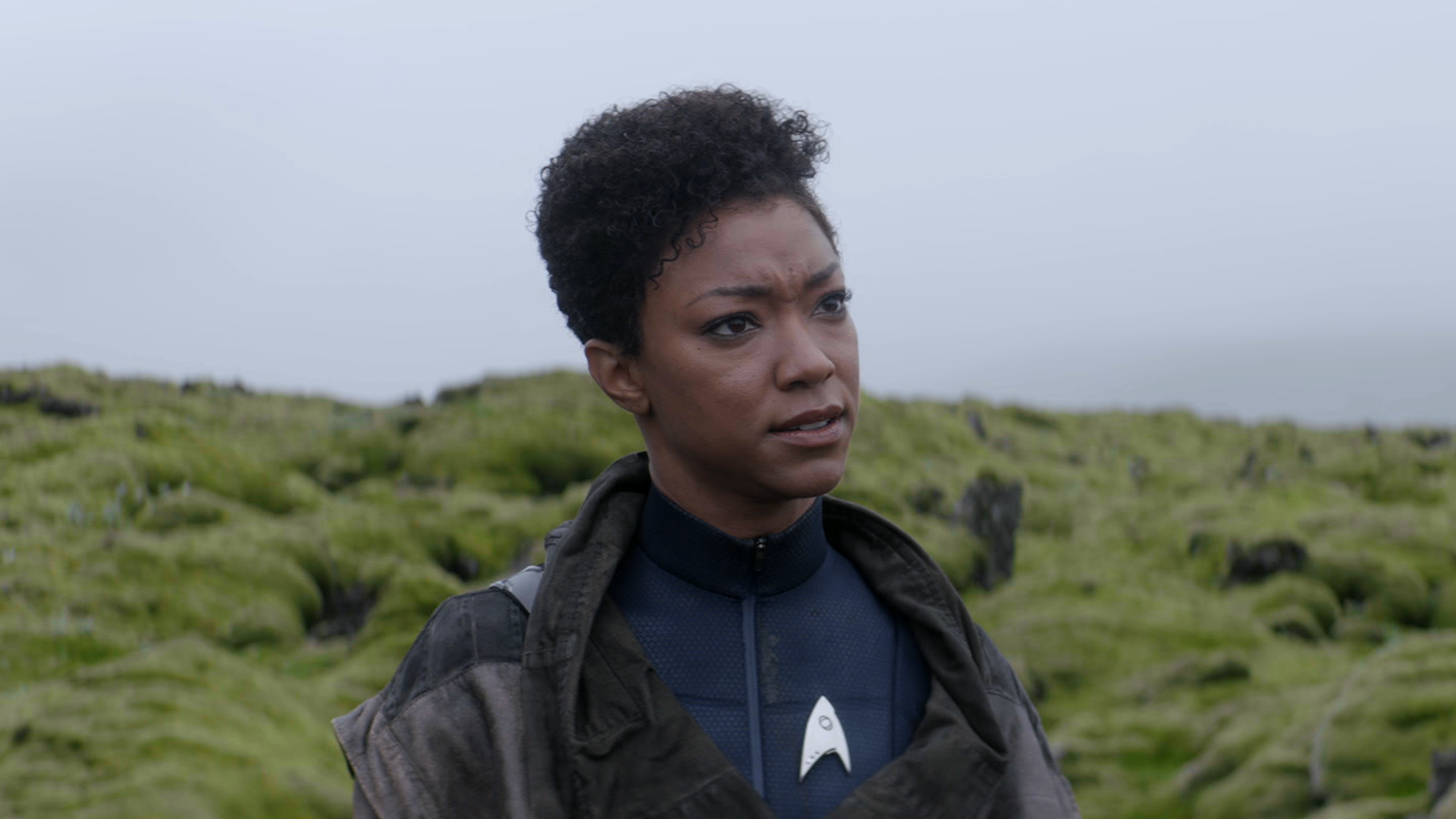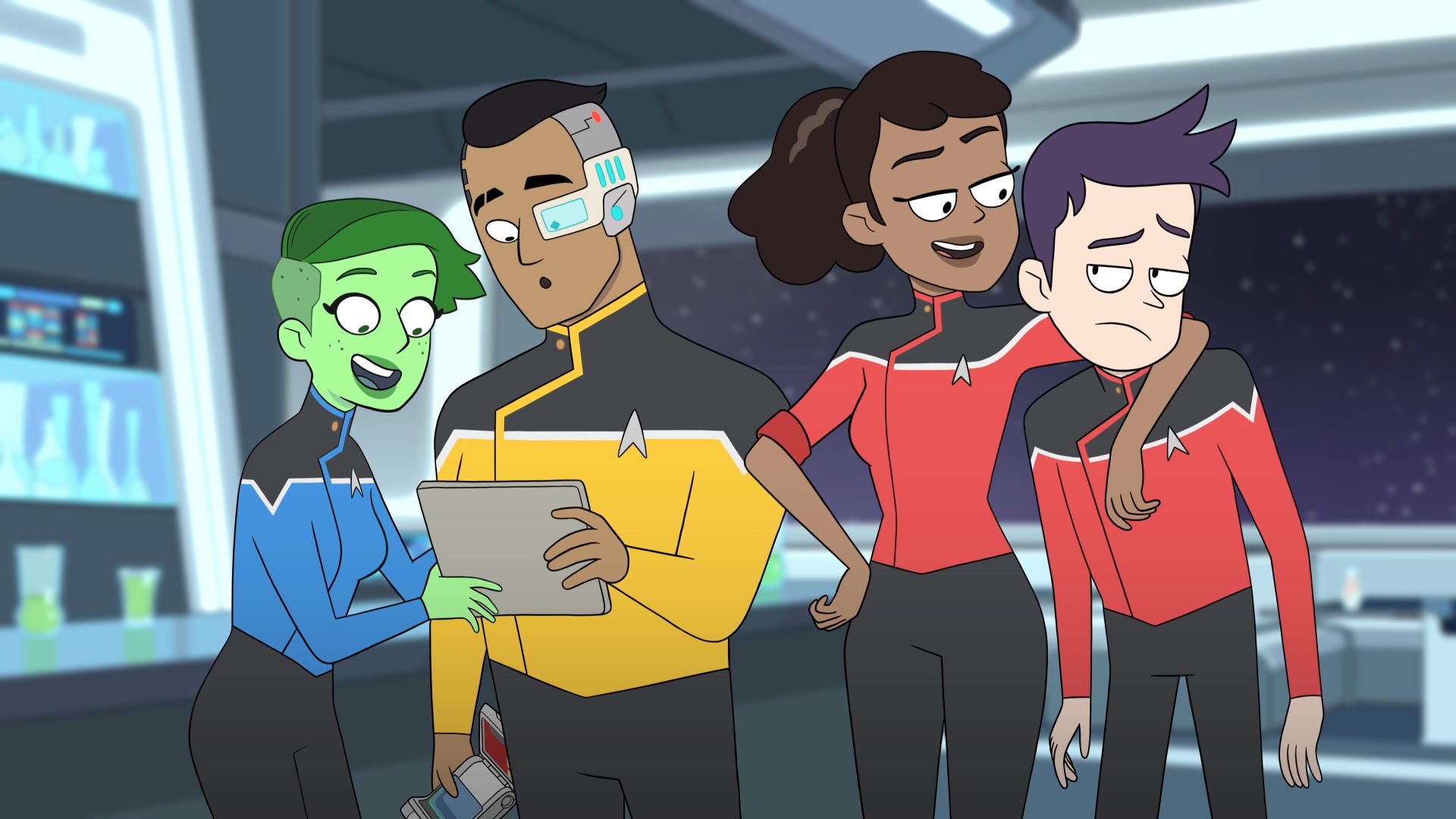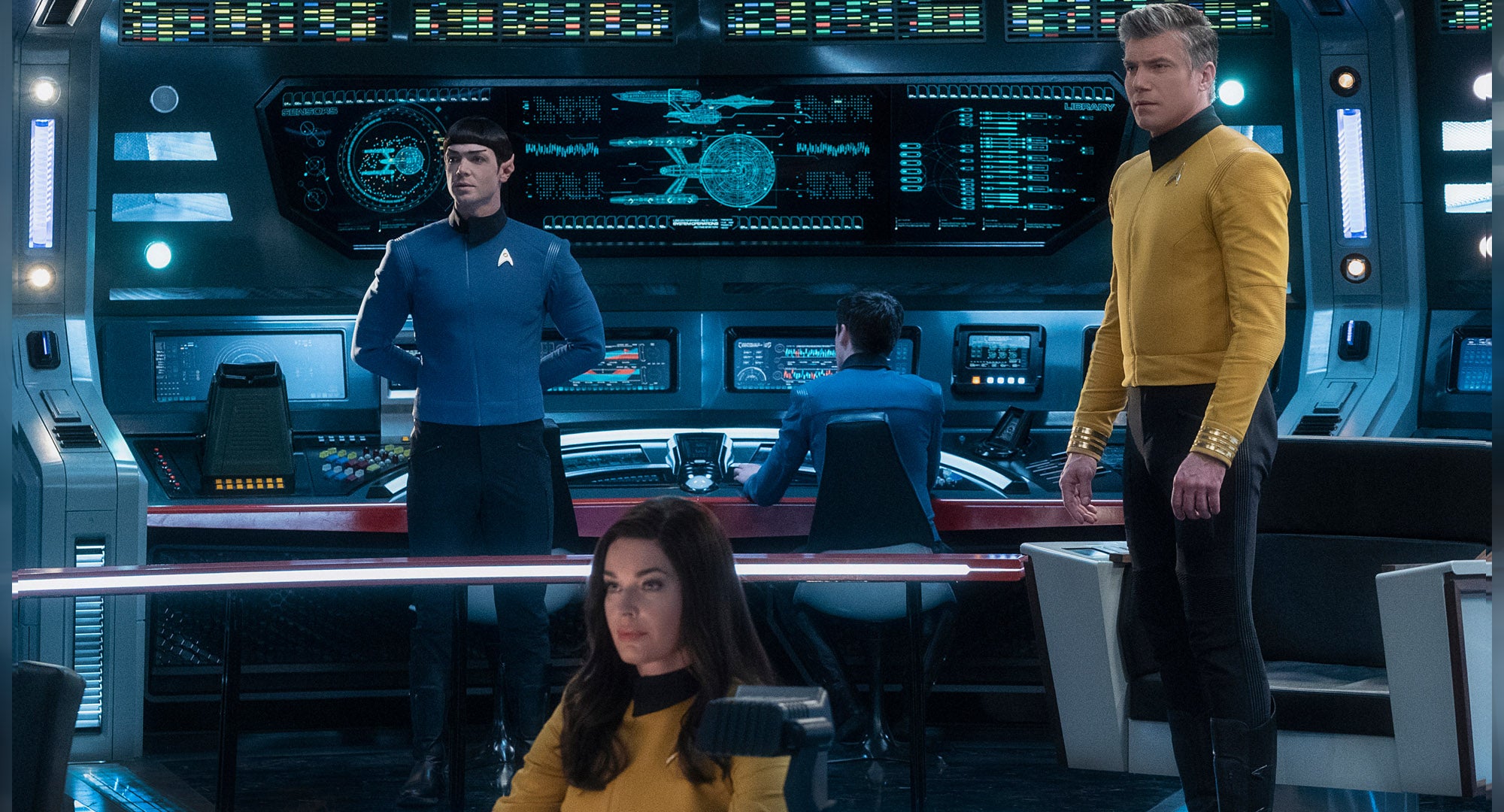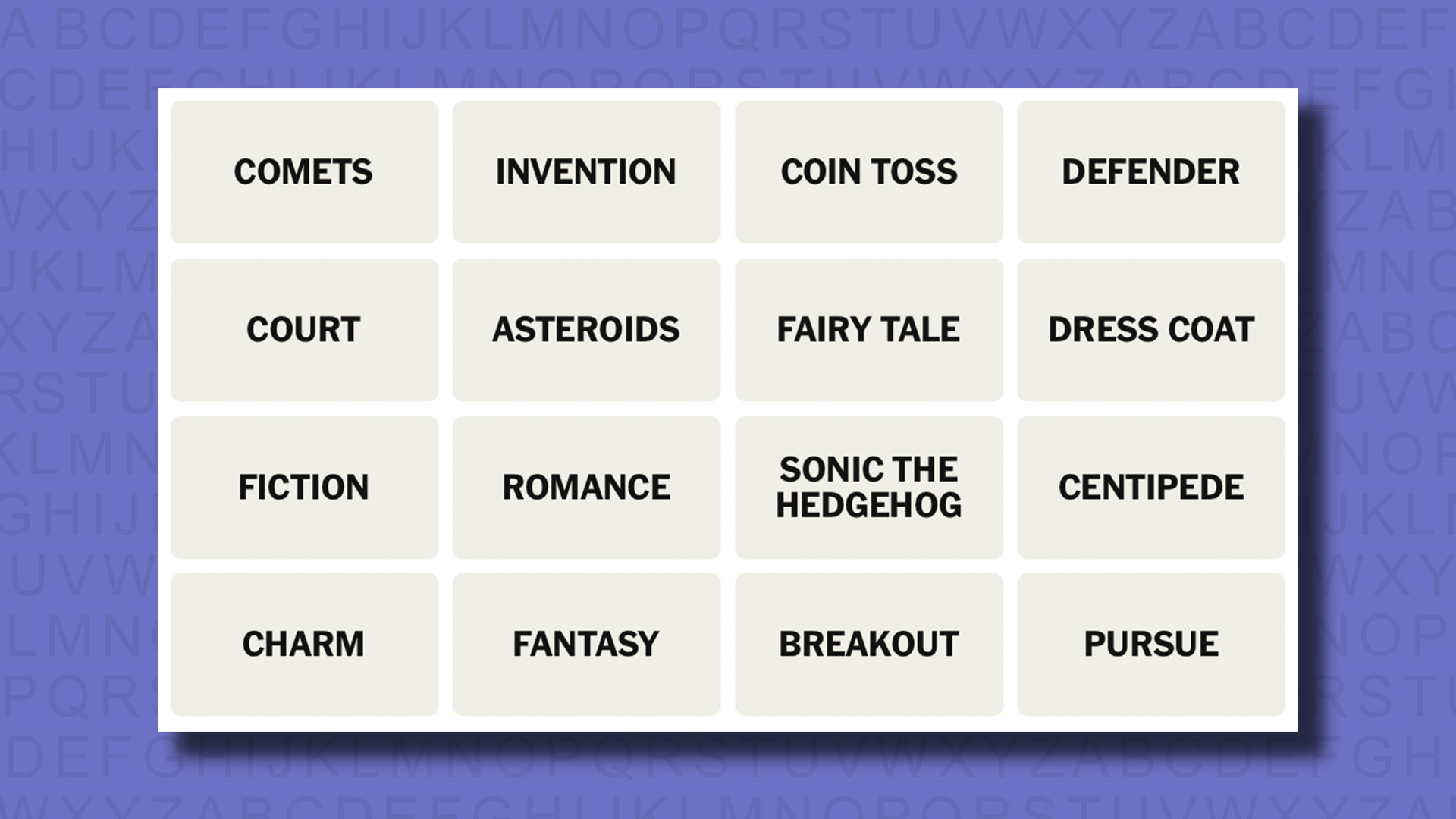If something’s been a hit in Hollywood, you can guarantee it won’t be long before everyone else is trying to replicate its success. So as soon as Marvel proved that a rich guy with robot armor, a Norse God, a World War 2 hero and a green giant with anger issues could form a successful supergroup, shared universes were all the rage.
Unfortunately, it’s since turned out that wrangling numerous disparate characters into a continuous, interweaving story arc isn’t quite as easy as the MCU repeatedly makes it look.
Marvel’s distinguished competition at DC abandoned their attempt to emulate the Avengers when the original Justice League floundered at the box office. Universal’s Dark Universe, meanwhile – an ambitious plan to bring together Frankenstein, Jekyll and Hyde, the Invisible Man and other classic literary monsters – didn’t even make it past the Tom Cruise-starring The Mummy. Only the Godzilla/Kong fronted Monsterverse and the creepier, lower budget Conjuring movies (with their Annabelle, The Nun and The Curse of La Llorona spin-offs) could claim to have played at Marvel’s game and won.
But on the small screen, the rejuvenated Star Trek franchise (the flagship of the relaunched Paramount Plus) is showing there’s another way to do a shared universe. Rather than trying to get every one of its TV series overlapping, with stars popping up in each other’s shows, Trek has pursued variety – with different kinds of storytelling, set across a variety of time periods. And unless you’re Marvel – and let’s face it, conventional rules don’t apply to the MCU – this may be the best way to ensure your franchise lives long and prospers.
The current Star Trek crop of Discovery, Picard and Lower Decks – soon to be joined by the upcoming Strange New Worlds, kids’ cartoon Prodigy, and (eventually) Section 31 and a rumored Starfleet Academy series – aren’t Trek’s first warp flight into shared universe territory. Back in the 1990s, Star Trek: The Next Generation spawned a couple of spin-offs that operated in the same period of Federation history, with the three shows’ storylines operating concurrently.
References to the events of the other shows were a regular occurrence, with characters like Q showing up on multiple starships and space stations. Captain Jean-Luc Picard had a cameo in the Deep Space Nine pilot, while bartender Quark found his way into both The Next Generation, and the Voyager pilot. Klingon officer Worf’s post-TNG posting to Deep Space Nine subsequently forced the writers to deploy some narrative sleight of hand to get him back on the Enterprise for First Contact and the other movies. Kathryn Janeway even popped up for a brief appearance in Star Trek: Nemesis, though she probably regretted it later.

Those were the voyages
But as great as this shared DNA was for Trekkies, the homogeneous approach proved to be the franchise’s – albeit temporary – undoing. With each crew wearing similar uniforms, operating the same computer interfaces on broadly similar starships, everything started to feel a little samey.
Not even Deep Space Nine’s admirable experiment with a space station setting and more serialized plotting could mask the fact that after 14 years in the 24th century, we’d seen a lot of tachyon pulses and malfunctioning holodecks. Even the composition of the crews – with their then-standard comedy alien sidekicks and characters who longed to be more human – had become formulaic.
There’s more than one way to expand a franchise, however, and the current wave of Trek TV is taking a much broader approach to universe-building – it’s so logical that even Mr Spock would approve.
“We’re aiming to have our shows feel unique and different from each other,” Star Trek overseer (and former leading light on the short-lived Monsterverse) Alex Kurtzman told Variety in February 2021. “We want to give everybody a reason to watch each show.”
Discovery was the flagship that relaunched the franchise, and on the surface its first two seasons are pure Trek – but its arc plotting and more cynical tone made sure it brought the franchise into the 21st century. Picard then told the story of a Starfleet legend whose best years are way behind him, before Lower Decks became the franchise’s first-ever comedy. The incoming Strange New Worlds, featuring the pre-Kirk Enterprise, promises to be another evolution, much more of a throwback to the original series’ episodic mission to explore the cosmos.
Crucially, the connective tissue between the shows is not the characters, stories or settings, but the vast shared universe they exist in. Indeed, while Kurtzman has said there’s an “interconnectedness” between the TV empire he oversees, he’s not planning on telling an MCU-like story building up to an epic Avengers-style conclusion. “That’s a lot of fun,” he admitted, “but our goal is not to make it so insular that if you haven’t seen the show you’re lost when you watch another show.”
In other words, there's no reason a fan of the anarchic, brash Lower Decks has to also follow the slower, more thoughtful Picard.

Exploring strange new worlds
Perhaps the most important part of the masterplan, however, is the prime directive to explore different periods in the Trek timeline.
It’s over five decades since Gene Roddenberry first launched the USS Enterprise on its famous five-year mission. The subsequent 800-plus TV episodes and 13 movies mean there's a hell of a lot of Trek canon out there, and that’s something of a double-edged sword. Sure, it’s great for fans if you can lean into existing stories – such the ‘Guardian of Forever’’s pivotal appearance in Discovery’s third season – but it’s also a big showrunning headache if you want to avoid contradicting what’s come before.
Ultimately, it’s about respecting canon without being a slave to it. And given the choice, why would you confine yourself to a tiny corner of a vast chronology when you have so much unexplored territory at your disposal? Just because every story Star Wars has ever told on screen has been confined to a comparatively brief, 70-year period doesn’t mean that Trek has to do the same.
Before Picard, for example, canon had never addressed what happened after the events of Nemesis – aside from the destruction of Romulus in JJ Abrams’ first Star Trek movie. Now the Sir Patrick Stewart vehicle is plotting all-new co-ordinates in the 25th century. And while Discovery started out relatively close to the Original Series’ sector of the timeline, it’s now blasted off so far into the distant future that Kirk, Picard, Sisko and Janeway have been consigned to ancient history. Even Discovery spin-off Strange New Worlds will have the best part of a decade of empty space before it starts overlapping with the events of the Original Series.
So there’s no need for a Picard end credits sequence to tee-up Strange New Worlds, nor for Michael Burnham to have face-time with Jean-Luc, because these TV incarnations already exist in a fully functioning shared universe. Kurtzman and co are following a blueprint that allows Trek to continue boldly going where no Trek has gone before – and surely that’s what storytelling, and successful franchises, are all about. Make it so.

Star Trek: Discovery, Star Trek: Picard and Star Trek: Lower Decks are all available on Paramount Plus in the US. Viewers elsewhere can see Discovery on Netflix, and Picard and Lower Decks on Amazon Prime Video.
from TechRadar - All the latest technology news https://ift.tt/2VFywq4

No comments:
Post a Comment